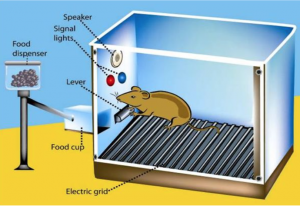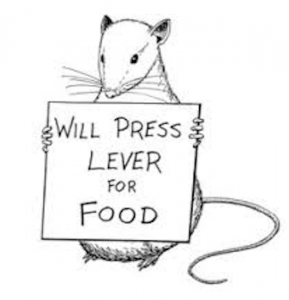When I have discovered the magic and amazing versatility of transformational meditation, it blew me away: There is no doubt it can help you to become a better sports trader and indeed improve all aspects of your life.
There are just two caveats:
(1) you need to do it correctly so you can feel the immediate and transformational shift in your mental and physical state.
(2) you need to stick with it in order to reap the results.
There is no such thing as a free meal if you choose mastery of your game
I discovered the almost instant impact transformational meditation has on the brains of even inexperienced meditators when I worked with a group of professional traders who all had issues in regulating their emotional states, which resulted in huge temporary draw downs in their trading accounts. The traders in the group I was coaching all knew each other and between our weekly group consultations, would speak to each other daily – unwittingly re-enforcing their limitations to one another. The traders were aware that this was not a good thing, alas they were unable to break the habit. This went on for two months – perhaps even longer. Something drastic was needed to break the pattern.
I devised a short series of meditations for these guys, each meditation was only five minutes long. The traders were asked to begin using the basic brain harmonizing meditation every day in the morning before they started trading. Within two weeks all traders reported feeling calmer and somehow more in control. Since those early day’s things have moved on quite a bit: I now teach a special form of transformational meditation to all my clients and have started an on-line meditation academy which helps busy traders and investors to maintain the habit. So, how does meditation create changes faster and more reliably than any other method?
The main reason why meditation is so powerful is that it teaches your body and mind to move out of its three dimensional energy into a higher energy state. The results, if you do it correctly are immediate: You emerge from meditation a different person from the one who started it. This palpable shift creates a huge motivational momentum for the linear mind to do it again.
The Newtonian model of doing things has been superseded by the quantum model:
When you want to change an unwanted trading behaviour you can work hard, using your linear mind to make the changes but this method, based on the old Newtonian model of changing three dimensional matter with three dimensional matter is cumbersome, laborious and rather exhausting. Transformational meditation by contrast, works at the source of your creation which is the non-physical. All your creations begin as thought forms and feelings in the subconscious mind: Your thoughts and emotions run mostly on auto-pilot. 95% of what you do is automatic and repeats day after day. You are not consciously aware of this unconscious process, hence you believe that you are at the mercy of your thoughts and feelings.
This giant illusion sets you up for failure and makes change so difficult:
If you were to learn to observe your subconscious thoughts and feelings before they turn into an emotion that causes a reactionary behaviour you would give yourself an immense advantage. The linear mind has approximately three seconds in which you have a choice – to yield to an old behaviour – or to choose a new one. Once a program kicks in it becomes extremely hard to change.
Transformational meditation teaches your brain to access your thoughts and emotions before the three seconds are over
Now you have a choice to change your thoughts or emotions, with experience you will go deeper and deeper into the meditative experience while also remaining awake during the experience. Magical things can happen in this state. I have often witnessed amazing images of worlds I cannot describe because they are other worldly, yet very real. I have been given information which I was able to verify later. Not by looking for validation of the information, but by accidently coming across it and connecting the dots …When you learn to meditate your entire neurological operating system is upgraded over time.
Gradually you will move out of survival oriented thinking into creative, visionary thinking. You are moving closer to the creative source and aligning with it. Your body and mind are conduits for creation, alas in order to take full advantage of this you have to train your mind to live in the present and the future, and to disconnect from the past.
Neuroscience has shown repeatedly that the moment you begin to meditate your brain begins to make new neural pathways
You are learning new things. Yet, this new learning – unless repeated the next day, will be lost within hours. Regular meditation builds new neural connections, thus rejuvenating your brain and making you more intelligent. Transformational meditation is a form of meditation which re-trains your mind to think, feel and operate in new ways. You move from being a victim of circumstance to being the conscious creator of your circumstances. Once you get into the habit of regular meditation, the practice is immensely enjoyable, almost addictive and it has the power to transform your entire life way beyond improving your trading.

